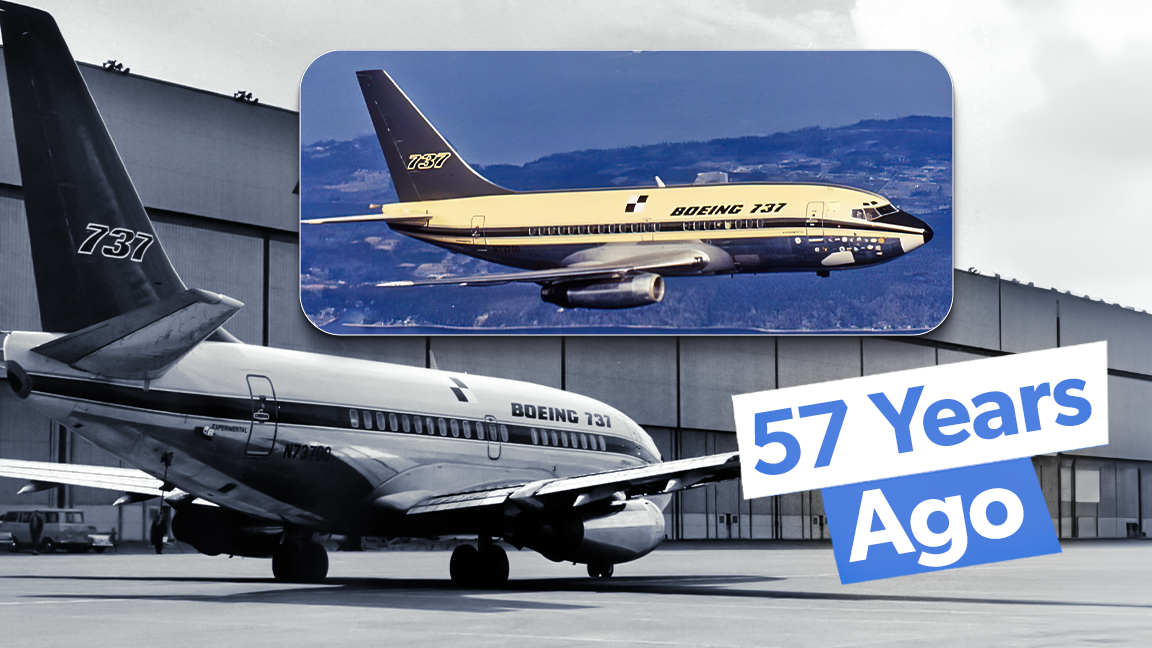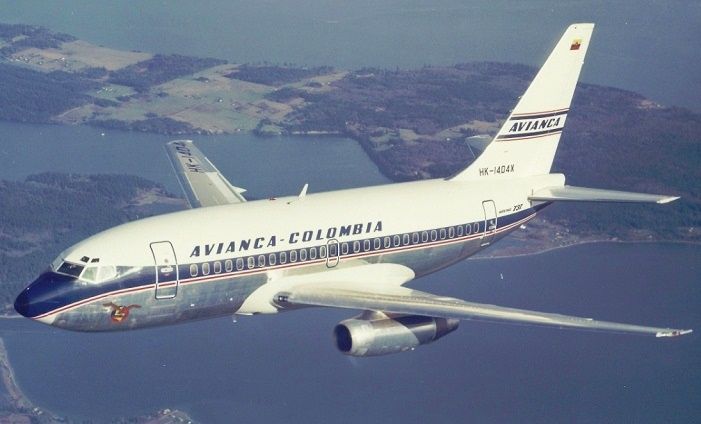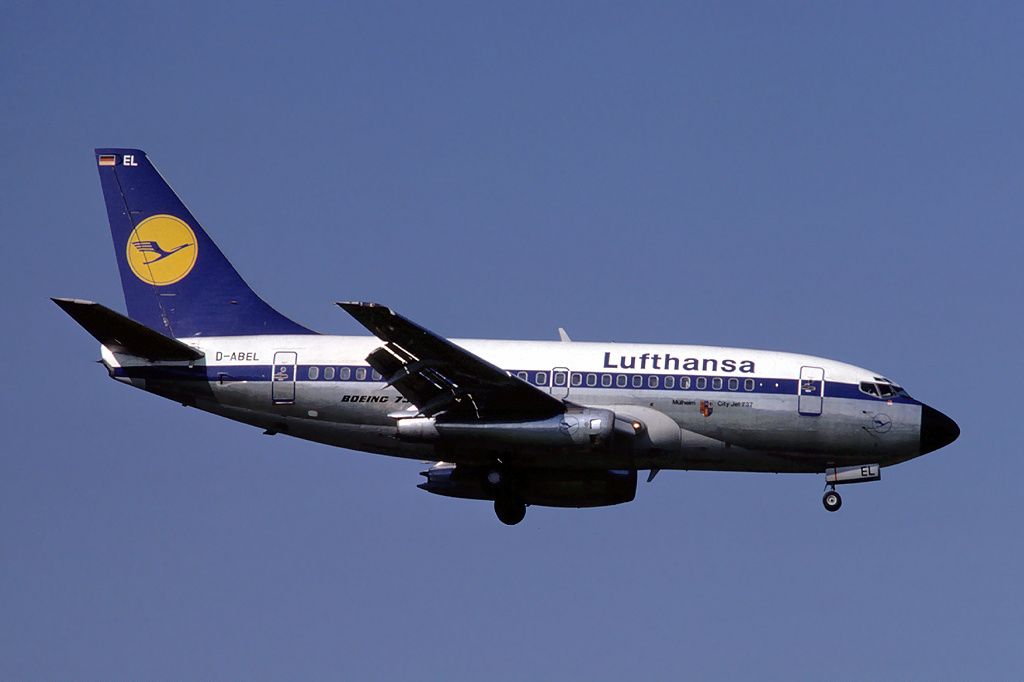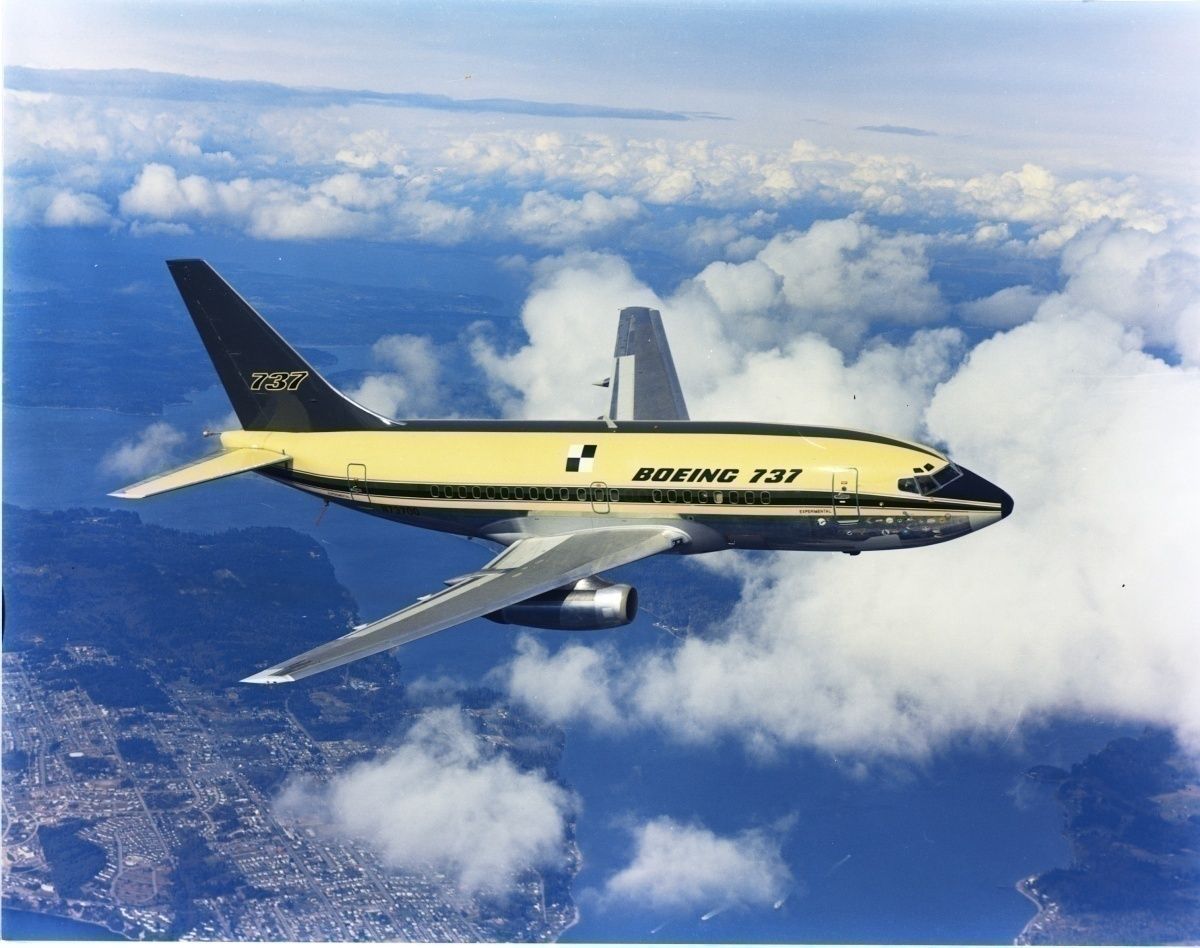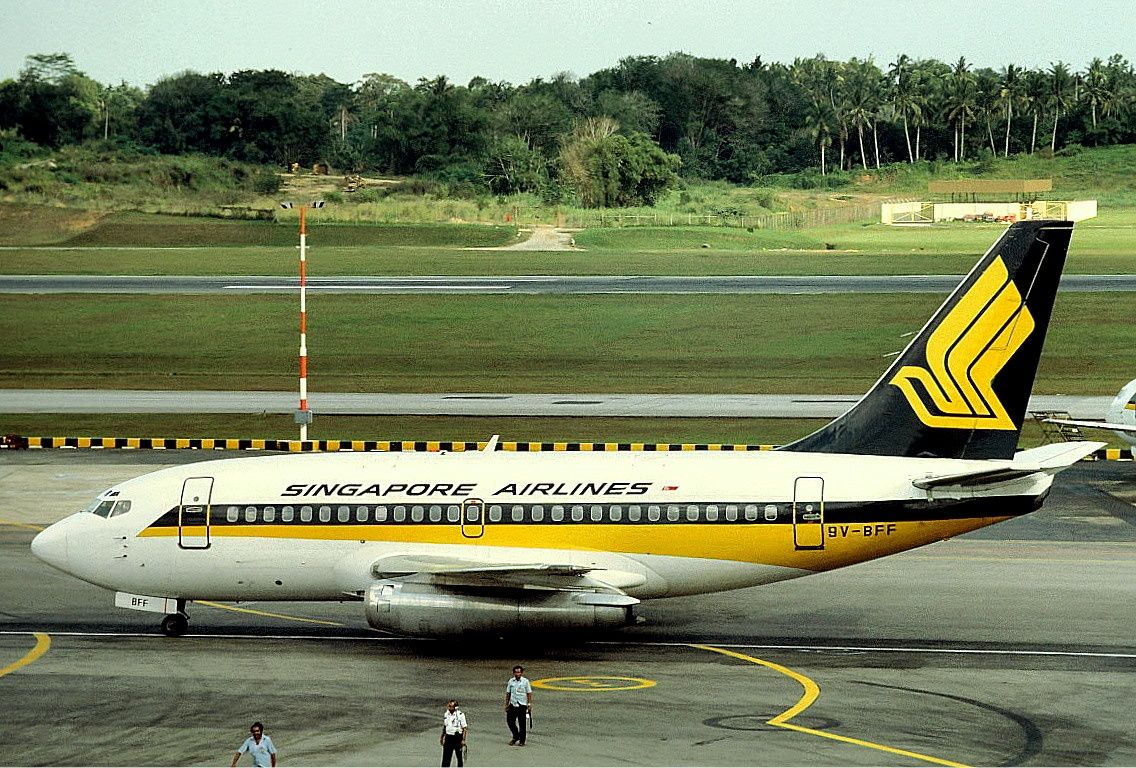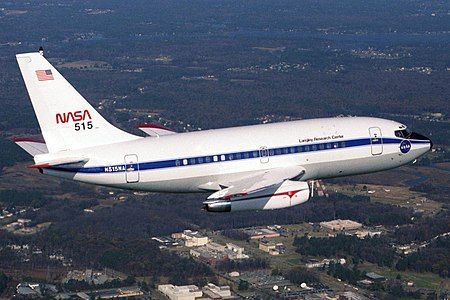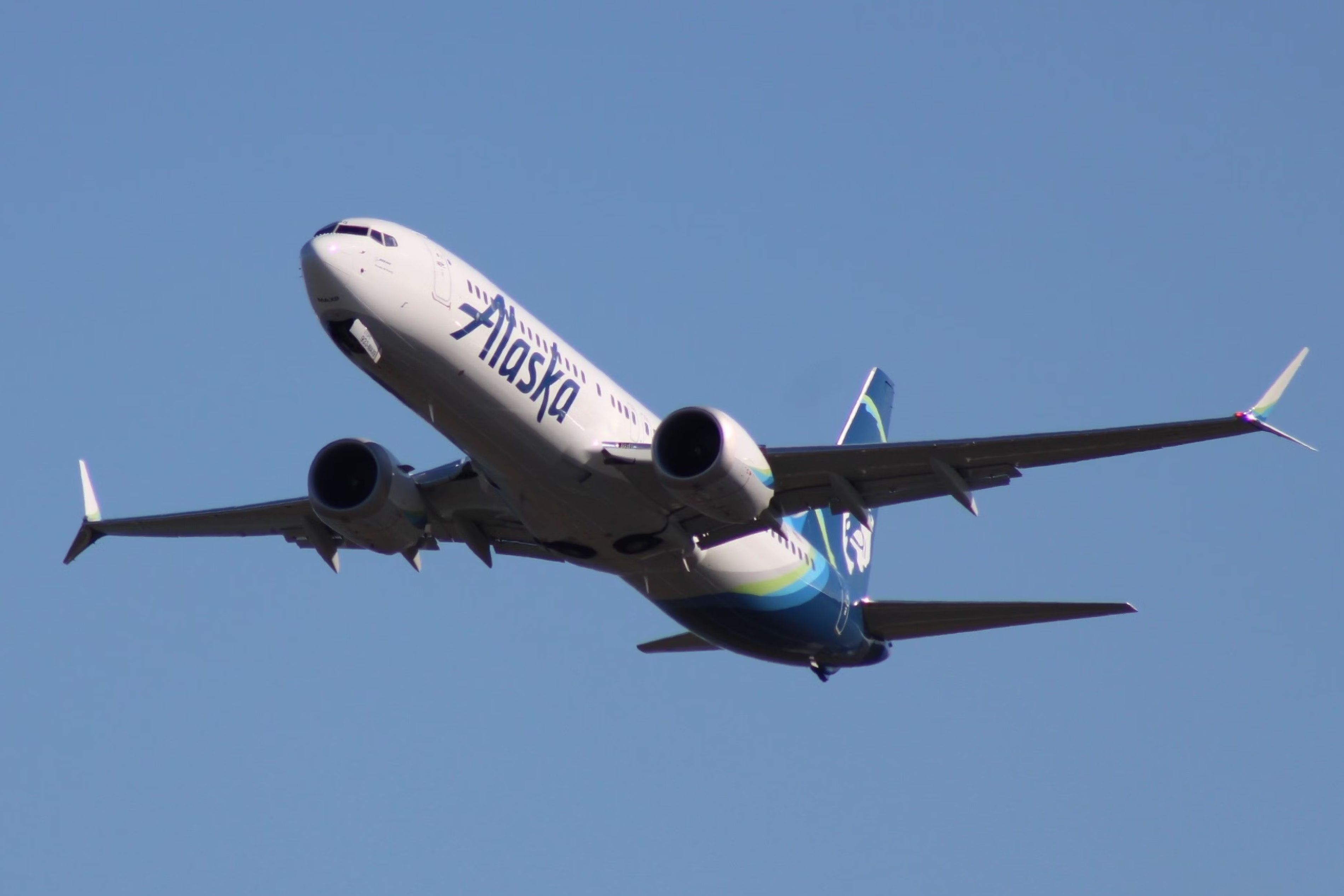The Boeing 737 took to the skies for the first time 57 years ago today, on April 9th, 1967. The aircraft, registered as N-73700, was flown by Boeing's Assistant Director of Flight Operations, Brien Wygle, and the manufacturer's Chief Test Pilot, Lew Wallick. The test flight took off from King County International Airport (BFI), which is also known as Boeing Field.
The start of something big
The maiden flight was followed by rigorous testing, with Boeing's pilots racking up over 47 hours of test flying in the first month alone. The aircraft then gained type certification from the Federal Aviation Administration (FAA) on December 15th, 1967.
The 737 project was conceived by Boeing in 1964, when the manufacturer designed an aircraft combining the technology of the 707 and 727. Boeing also wanted to build an aircraft that would be able to compete with the McDonnell Douglas DC-9, which had entered commercial service in 1965 with Delta Air Lines.
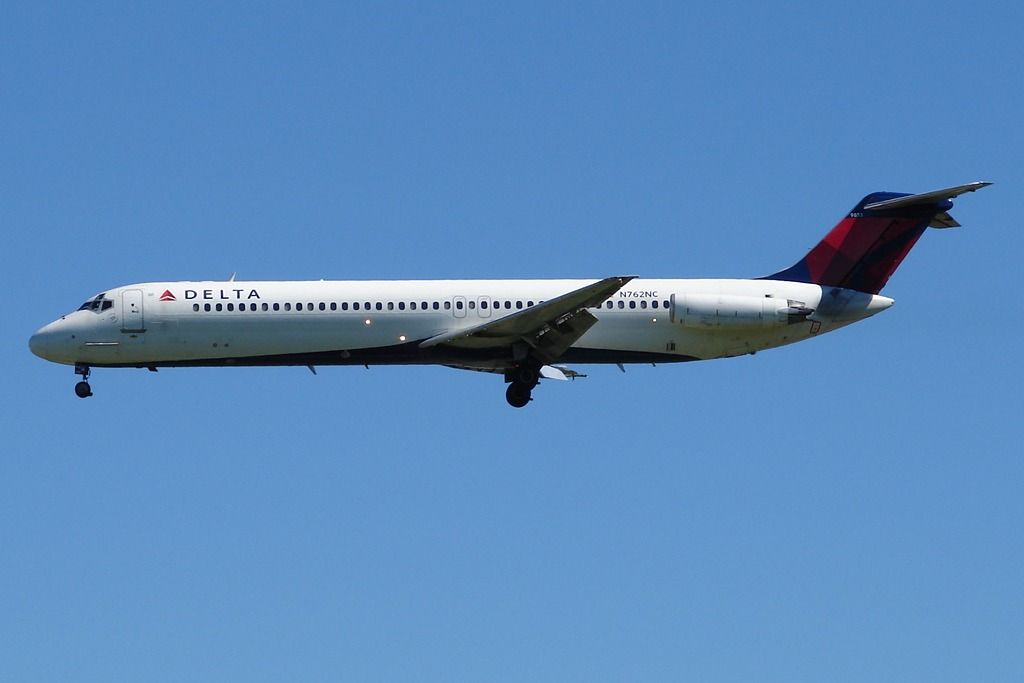
McDonnell Douglas DC-9-50: The Rear-Engined Family's Longest Variant
The McDonnell Douglas DC-9-50 first took to the skies in 1975 and took its final flight in 2014.Production of the aircraft began at Boeing Field before transferring to Renton in 1970. German flag carrier Lufthansa became the launch customer on February 10th, 1968. Germany's national airline had requested that the original design for a 60-seat aircraft be enlarged to accommodate up to 124 passengers.
According to a report from This Day in Aviation, at the time of the test flight, Boeing's President Bill Allen said that "I think they’ll be building this airplane when Bill Allen is in an old man’s home." He turned out to be right, as the 737 went on to become one of the most popular commercial aircraft ever made. In March 2018, the 10,000th production aircraft from the 737 family was delivered to Southwest Airlines.
A modern-day bestseller
As reported by USA Today at the time of the 10,000th delivery, Boeing Commercial Airplanes CEO Kevin McAllister said that:
"This incredible milestone is a testament to the work we do every day to build the most reliable and efficient single-aisle airplane in the world. It represents more than 50 years of success and achievement on the part of thousands of Boeing employees past and present, our supplier partners, and our airline customers around the globe who put their confidence in the 737."
Over the years, various modifications were made to the original design, including improvements to the thrust reversal system and longer wing fairings, all of which increased the aircraft's payload and range. However, only 30 examples of the 737-100 were built, with airlines preferring the stretched 737-200 variant, which sold a total of 1,114 aircraft.
The 30 737-100s were made up of 22 for Lufthansa, six for Malaysia Singapore Airlines, and two for avianca. At the time, each aircraft cost in the region of $3.7 million, which is the equivalent of $33 million today.
The Boeing 737-100's specifications
The Boeing 737-100 was powered by two Pratt & Whitney JT8D-7 turbofan engines, and had the following specifications:
- Length - 97 ft (29 m).
- Wingspan - 87 ft (27 m).
- Height - 37 ft (11 m).
- Cruising speed - 575 mph (925 km/h).
- Range - 1,150 miles (1,850 km).
The Boeing 737 today
Six prototype 737-100s were built by Boeing, with the aircraft that made the type's first flight being sold to NASA in July 1973 and re-registered as N515NA. From its base at the Langley Research Center in Virginia, the aircraft spent its life conducting research flights before being retired from service and returned to Boeing in 2003. Today, N515NA is stored at the Museum of Flight in Seattle.
The 737 Classic family is made up of the -300, -400, and -500 variants, while the 737 Next Generation variants are the -600, -700, -800, and -900. Boeing's latest iteration of the 737 is the MAX family (737 MAX 7/8/9), which entered into service in 2017.
The world's largest operator of the Boeing 737 is currently Southwest Airlines, with a total of 822 in its fleet. According to data from ch-aviation, the fleet has an average age of eight years old, and is currently made up of the following aircraft:
- Boeing 737-700 x 387
- Boeing 737-800 x 207
- Boeing 737 MAX 8 x 228
The carrier's fleet is set to grow substantially over the coming years, with a further 490 737s on order (made up of 307 737 MAX 7s and 183 737 MAX 8s). Other major North American operators of the 737 include United Airlines (472), American Airlines (358), and Delta Air Lines (240).
Turbulent times for the Boeing 737
The Boeing 737's more recent history has been somewhat turbulent, marred by the crashes of two 737 MAX 8s in 2018 (Lion Air) and 2019 (Ethiopian Airlines). Subsequently, the type was temporarily grounded on a worldwide basis.
Although aircraft deliveries have now resumed, they have been hit by further delays and a series of incidents over the past few months. This includes the now infamous Alaska Airlines 737 MAX 9 incident in January 2024, when a door plug blew out, causing an uncontrolled decompression of the aircraft.
The largest variant of the 737 MAX, the 737 MAX 10, has yet to be certified. This has led to carriers such as United Airlines having to change their growth plans to accommodate the delays in aircraft deliveries. Similarly, the short-fuselage MAX 7 is also yet to enter commercial service.
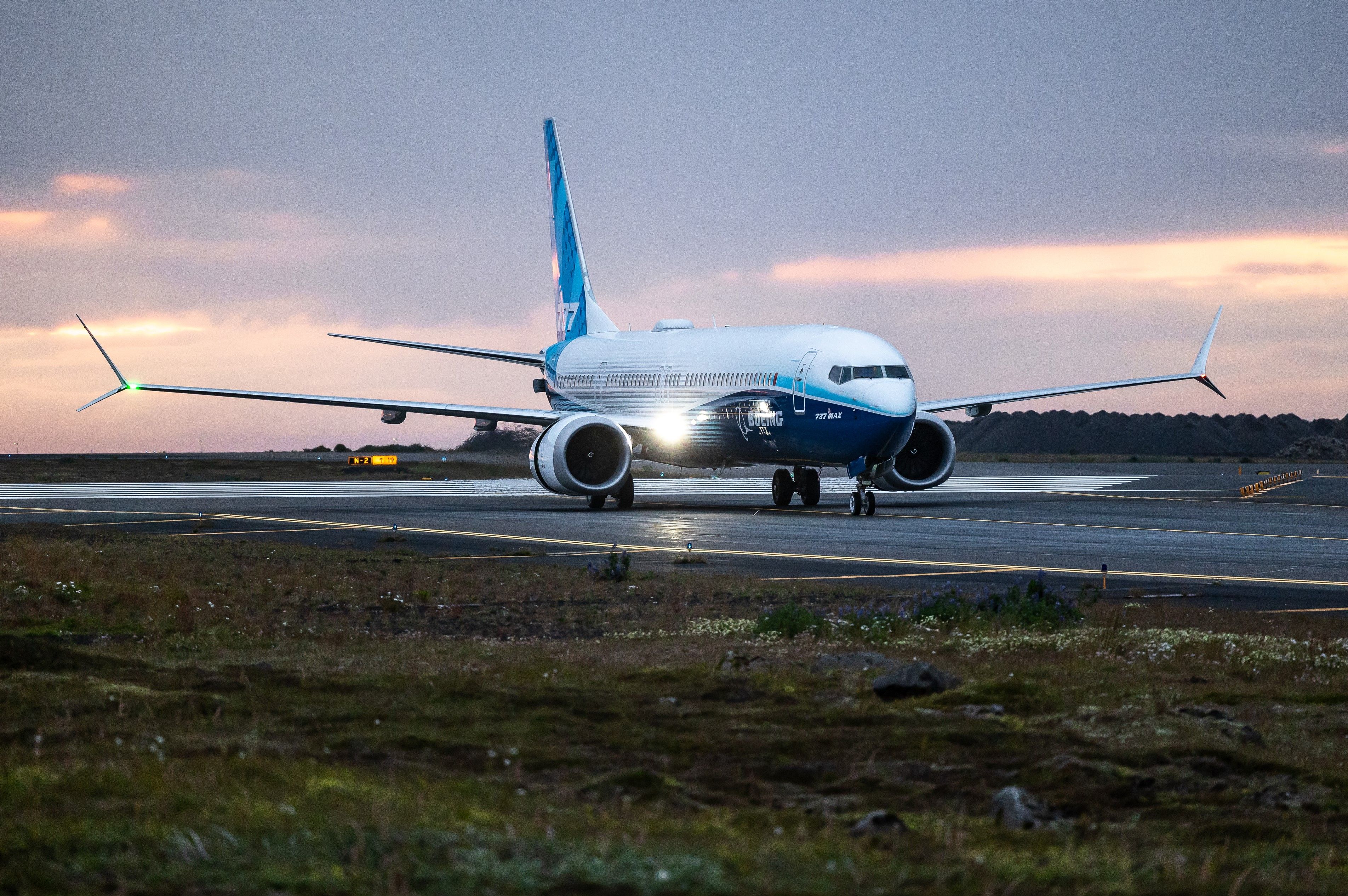
Will The Boeing 737 MAX 10 Be Certified This Year?
The variant's entry into service has already been delayed significantly, and it remains to be seen if it can stick to its current schedule.How many times have you flown on a Boeing 737? Which has been your favorite variant to travel on? What future do you envisage for the aircraft? Share your thoughts and experiences by commenting below.

